#seven spotted ladybug
Text


@gallifreyanconsultingphilosopher submitted: Took a photo of this lil guy and upon looking through my photos I noticed they get... two divots between the whites on their pronotum? What's up with that? I am confusion
Yeah I've never seen that on a seven-spotted ladybug! Maybe an injury or something that happened when it emerged from its pupa?
108 notes
·
View notes
Text

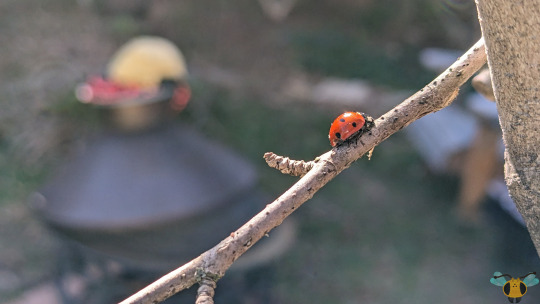

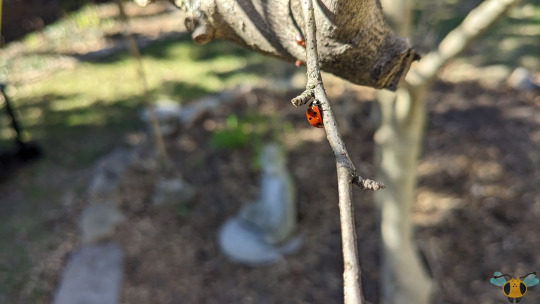


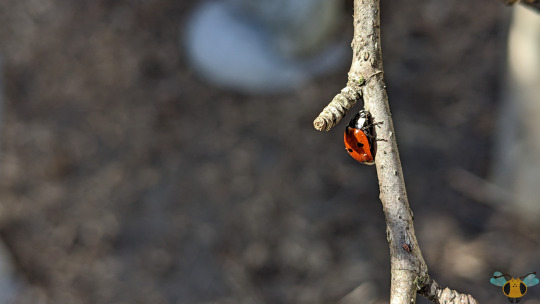
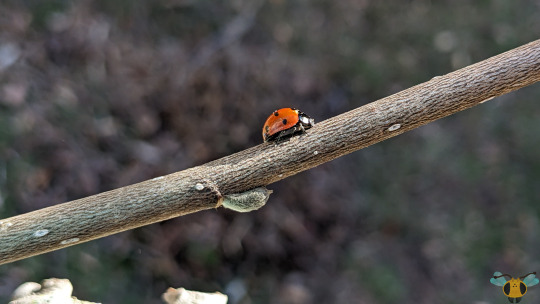

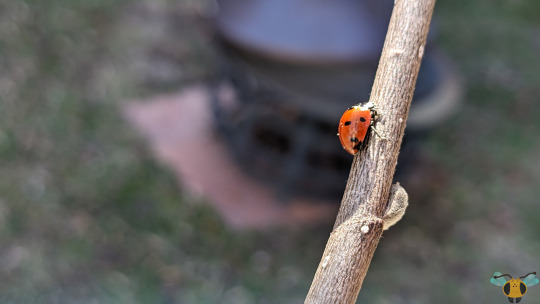
Seven-Spotted Ladybug - Coccinella septempunctata
Spring is starting to take full effect in Toronto. With the warmer weather, the greenery is returning to life, buds are beginning to open and the insects awaken. In particular, I found this small jewel climbing up our white magnolia tree which was on the edge of blooming. Unbeknownst to it, this curious Beetle was actually on a fallen branch that wasn't attached to the tree, but it eventually found its way to more stable ground. No danger of falling of course since Ladybugs are built tough with a strong wingcase and (obviously) they can fly. When a Ladybug is active so early in the spring, it's relying on smaller soft-bodied insects to do the same in order to sustain itself. Moreover, it's also relying on plant-life to be growing in order to sustain those insects. If there's nothing nearby, it fly on to the next area and search The ecosystem can be very complex and this Ladybug is but a small piece of it, but as everything begins to grow again, a Beetle like this can whittle down a few pest insects and ready a summer generation of hungry Aphid-consumers. It's just a small sample of what a new year of insects will bring.
Pictures were taken on April 7, 2024 with a Google Pixel 4.
#jonny’s insect catalogue#ontario insect#beetle#seven spotted ladybug#ladybug#ladybird beetle#coleoptera#insect#toronto#april2024#2024#nature#entomology#invertebrates
13 notes
·
View notes
Text

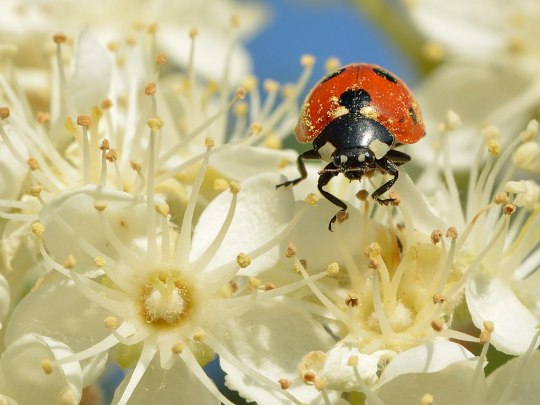
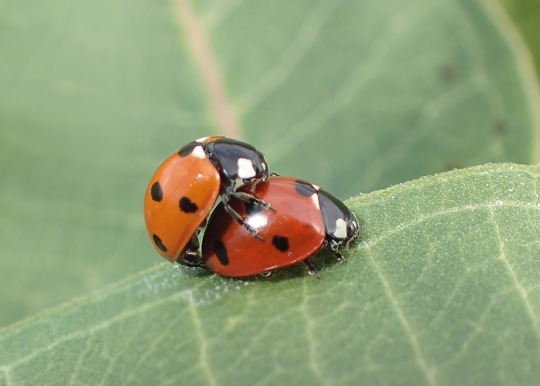


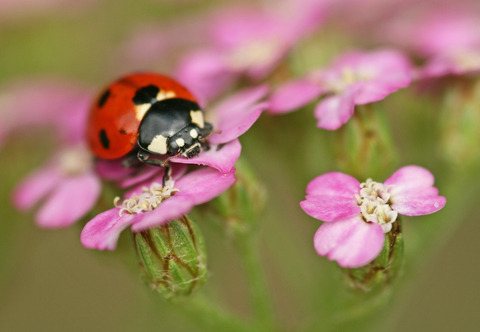

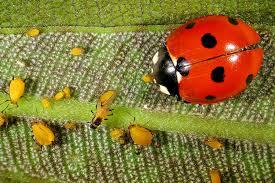

Coccinella septempunctata more commonly known as the seven-spot ladybird, seven-spotted ladybug, or C-7 beetle, is a species of ladybug which was originally endemic to mainland Europe and the middle east but thanks to humans and the spread of agriculture it can now be found all throughout North America, mainland Africa, mainland Asia, Australia, Japan, Indonesia, Madagascar, Cypress, Malta, Sri Lanka, and New Zealand. Here they dwell in a range of habitats including grasslands, meadows, steppe, gardens, forests, parks, marshes, and agricultural fields. Although both seven spot ladybug larvae and adults mainly eat aphids, pollen, and nectar, when aphids are not available these ladybugs are known feed upon other insects such as thrips, white flies, jumping plant lice, leafhoppers, and on the eggs of some beetles and butterflies. Reaching around .3 -.5 inches (7.6- 12.7mm) in length, adult seven-spot ladybirds have round bodies with black heads and abdomens and red thoraxs while the larvae are brownish-grey in colour, with four pairs of bright orange splotches across their bodies. Their distinctive spots and conspicuous colours warn of their toxicity, making them unappealing to predators. The species can secrete a fluid from joints in their legs which gives them a foul taste. A threatened ladybird may both play dead and secrete the unappetizing substance to protect itself. The seven-spot ladybird synthesizes the toxic alkaloids, N-oxide coccinelline and its free base precoccinelline; depending on sex and diet, the spot size and coloration can provide some indication of how toxic the individual insect is to potential predators. Breeding occurs from spring to fall, with seven spots often mating with several partners per day. Females may lay a cluster of 10-30 eggs on aphid-rich vegetation immediately, or, in fall, may store sperm and lay eggs in spring so their larvae have a more robust food supply. Eggs hatch after around 10 days as larvae eat and grow for another 21-30 days before entering the pupal stage, which lasts seven to 15 days. Adults overwinter in a state of diapause (dormancy) in leaf litter, dense vegetation, under tree bark, and in other sheltered spots. Ladybugs are unusual among insects with complete metamorphosis (egg-larva-pupa-adult) because both the larvae and the adults occupy the same spaces and eat the same thing. Under ideal conditions a seven spot ladybug may live upwards of a year.
#pleistocene#pleistocene pride#pliestocene pride#pliestocene#ice age#cenozoic#bug#bugs#ladybug#lady#ladybird#seven spotted ladybug#seven spotted lady beetle#beetle
9 notes
·
View notes
Text

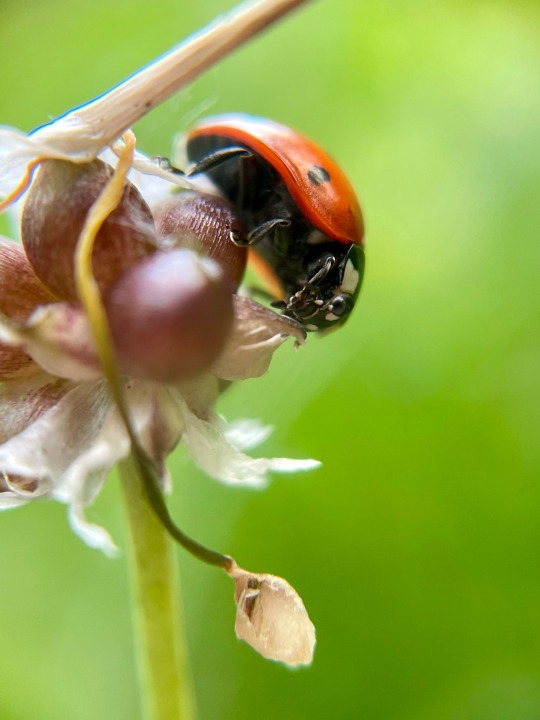

Video is not stable and sound is very quiet, distant bird chirping.
11 notes
·
View notes
Text
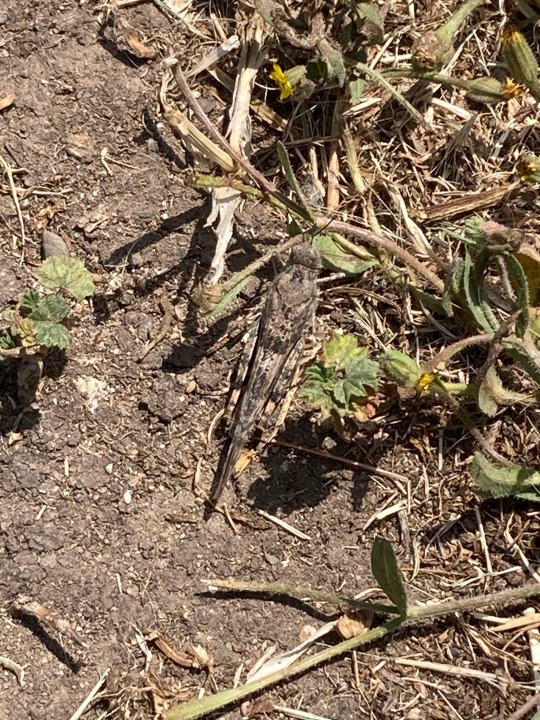
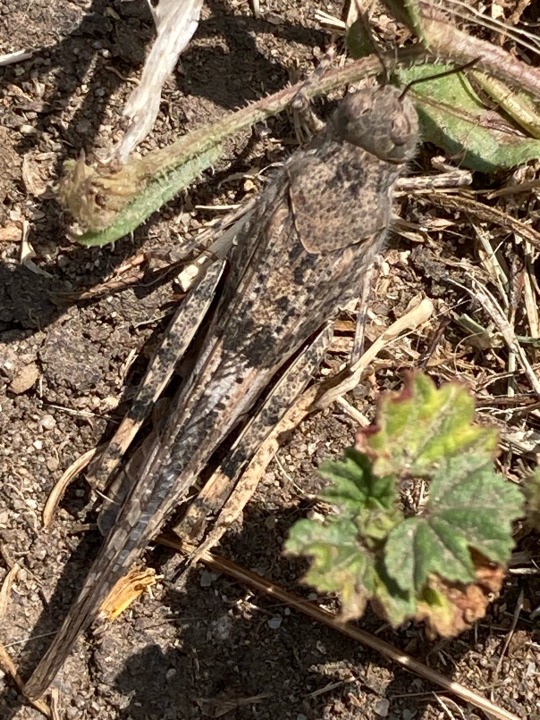
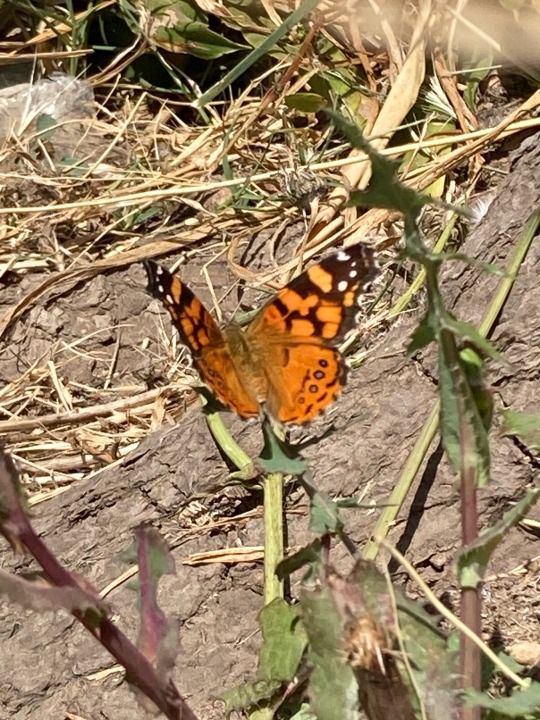
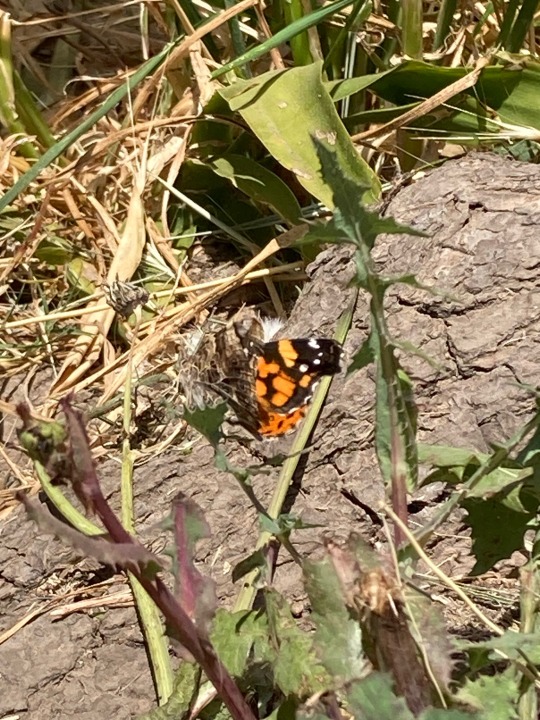

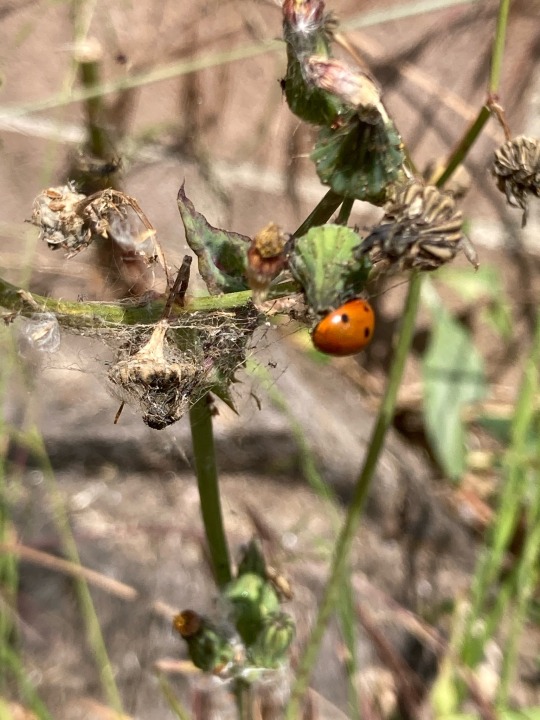


spring is giving me so many beautiful bugs to look at, so here's some i just saw :3
#bugs#mine#my pictures#grasshopper#gray bird grasshopper#grey bird grasshopper#butterfly#west coast lady#west coast lady butterfly#ladybug#7 spotted ladybug#seven spotted ladybug
2 notes
·
View notes
Text

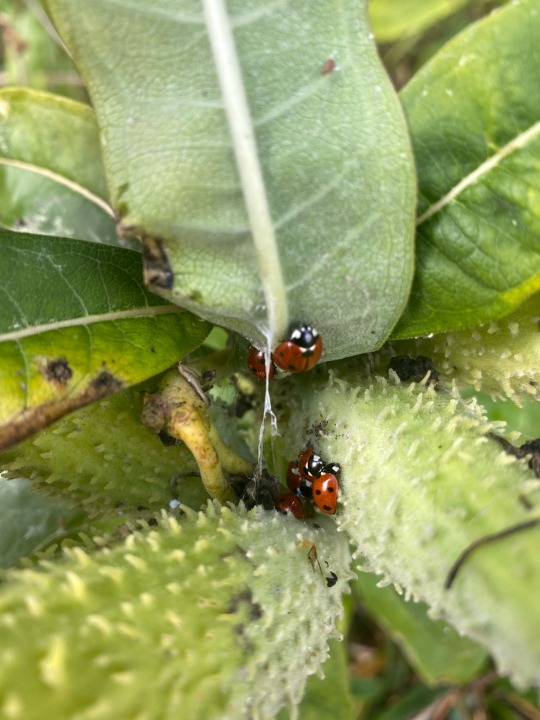
Some cover from the rain
#ladybugs#insects#nature#coccinella septempunctata#seven spotted ladybug#coccinellidae#coleoptera#european species#worldwide distribution#introduced species#my photos
5 notes
·
View notes
Text
Our Beautiful Ladybug Larva are Growing Up
Our Beautiful Ladybug Larva are Growing Up features images of a fourth instar larval ladybug. This larva is very close to pupating. It compares this larva to a much younger one presented earlier and discusses how these changes occur in a very short time.
On Edge
Back in June, I shared a post showing an interesting insect that I found on one of my hikes. It turned out to be a larval seven spotted ladybug (Coccinella septempunctata), which was a surprise to me and to many of you. It looked more like a caterpillar than it did a ladybug, but it was definitely still very pretty. At the end of July, I found another insect that I took to be some sort…

View On WordPress
#colorful insects#Florida insect larvae#Florida insects#Florida ladybug larvae#Florida ladybugs#insect larvae#insect photographs#insect photography#insects#ladybug larvae#ladybug photographs#ladybug photography#ladybugs#larvae#photography#seven spotted ladybug#seven spotted ladybug larvae#summer insects
0 notes
Text
Saw a bush with many sevenspotted ladybugs on it!!
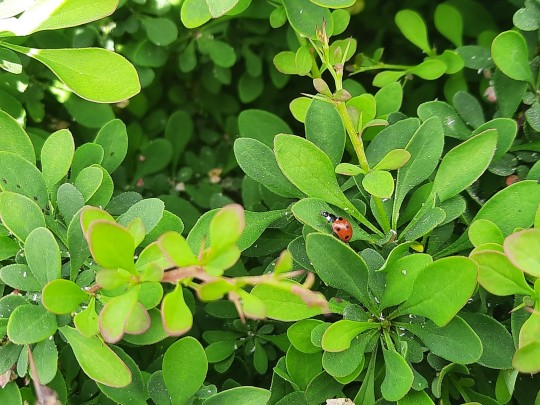

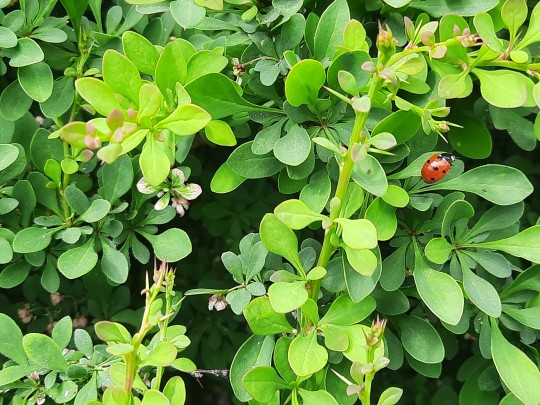
#ladybug#ladybugs#sevenspotted ladybug#seven spotted ladybug#coccinella septempunctata#coccinellidae
0 notes
Text
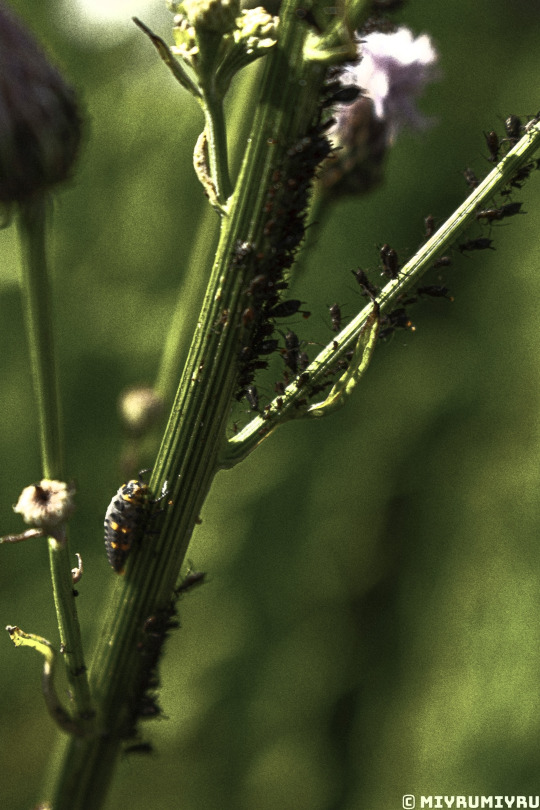
Hello, ladies and gentlemen, boys and girls! I'm here to take your everything Ψ(OuO)Ψ
Seven-spotted ladybug - Larva (Coccinella septempunctata)
Grapevine aphid (Aphis illinoisensis)
#photographers on tumblr#original photographers#my photography#lensblr#insect photography#wildlife photography#macro photography#insect#photography#nature#nature photography#assassin#bugblr#biology#zoology#entomology#ladybug#ladybugs#bug#bugs#seven-spotted ladybug#thistle#noai#no ai#no to generative ai
4 notes
·
View notes
Text
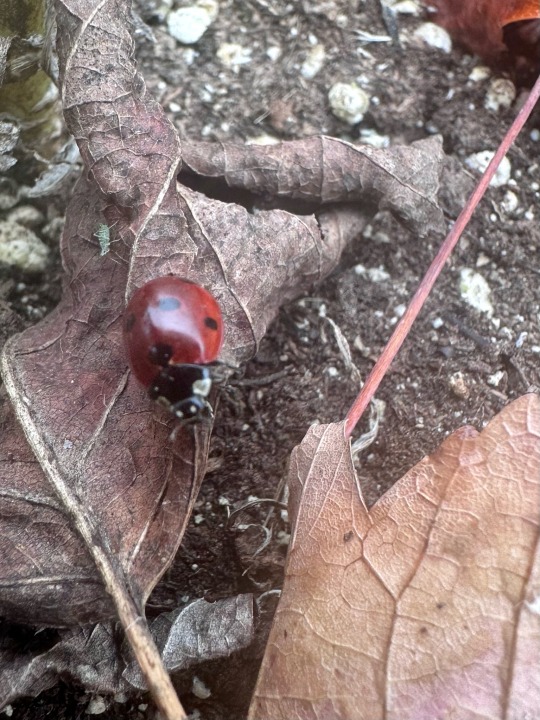

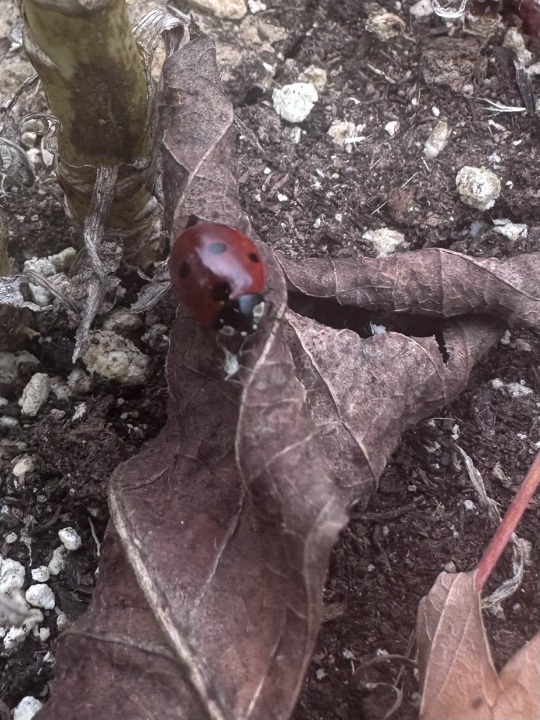
Was cleaning up the garden and found a Seven-Spotted Ladybug. My phone definitely struggles to clearly capture the smaller bugs when they are moving as fast as this guy was but they didn’t turn out too bad
5 notes
·
View notes
Photo

@panthaleia submitted: Coccinella septempunctata (seven-spotted ladybug) larva. They’re breeding in great numbers in the lupine stands of Garry Point Park, BC.
A very cute child! They’re not native either but I still prefer seeing them to Asian lady beetles. Sorry, Asian lady beetles.
118 notes
·
View notes
Photo
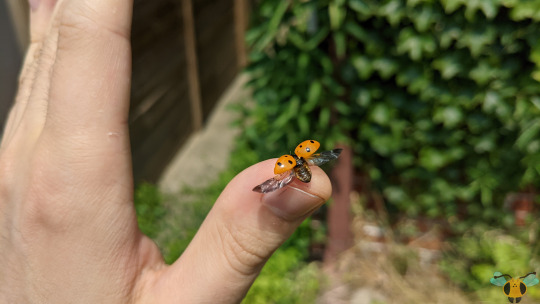

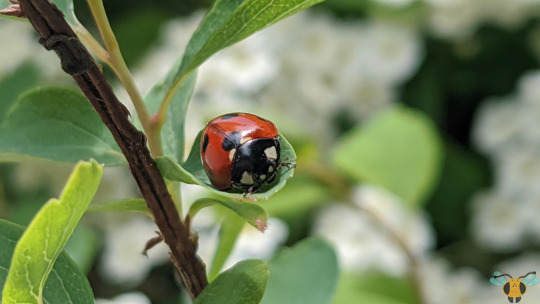
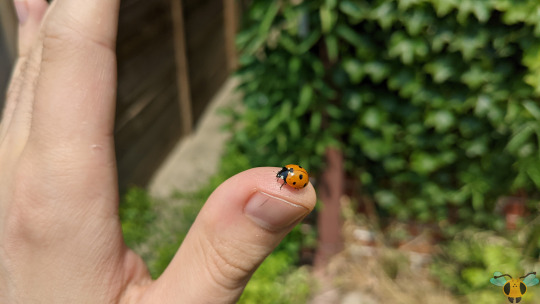






Seven-Spotted Ladybug - Coccinella septempunctata
Let’s give these little spotted gems some love and appreciation. I’ve been a little busy with their smaller and more unknown relatives, but now it’s their turn for the spotlight. There’s been quite a few Seven-Spotted Ladybugs throughout the years, so I’ve found them on many a plant. Large-sized as far as Ladybugs go, they’re easy to spot walking on plants or flying through the air. Don’t swoop down on them if you plan to pick them up; you can coax them onto your hand if you place your fingers nearby or if they land on your clothing. Similar to the Asian Ladybug (or Ladybugs in general for the matter), if frightened or agitated they will emit their smelly and noxious-tasting hemolymph defense to try and escape. Also like Asian Ladybugs, looks like that Seven-Spotted Ladybugs appear red or orange! Keep your palm open and don’t let them feel trapped and the worst they’ll do is draw their legs under their shell to protect them. In my experience they’ll roam on your hand for sometime before eventually flying away or suddenly dropping into the grass below. It’s just what they do to escape the occasional spell of danger since they’re used to feasting on soft-bodied insects with little difficulty...unless Ants are on patrol of course.
I’ve mentioned in posts with other insects that Ants like to tend to honeydew producing insects, offering protection in exchange for that delicious liquid. Now, if honeydew is so tantalizing, couldn’t Ladybug larvae or adults just eat the honeydew? To answer, kind of. The larvae need protein and carbohydrates to grow and molt to their adult forms. so soft-bodied insects are the priority (unless it’s Ladybug that only eats plants such as those of the Epilachna genus). Plus, they get honeydew when they eat the insects anyway. It’s a win-win! Since the adult Beetles can unfold their wings and fly around, they can be more open to other food sources such as honeydew, fruits, pollen and even fungi, depending on the specie. Soft-bodied insects are still best, but there are nutrients from the aforementioned sources that are also beneficial to a Ladybug’s overall health. Looking into it further, nutritional content of soft-bodied insects may vary due to which plant(s) they feed on. These extra food sources have also shown to be especially valued when prey items become more scarce. If only I’d thought to pay closer attention to the individual photographed in September. These diligent creatures need to do everything they can to stay healthy if it means surviving an overwinter or migrating.
Pictures were taken on June 2 and 27; July 12; September 21, 2020 and June 13, 2021 with a Google Pixel 4.
#jonny’s insect catalogue#ontario insect#beetle#seven spotted ladybug#ladybug#coleoptera#insect#toronto#june2020#july2020#september2020#2020#june2021#2021#entomology#nature#ladybird beetle#invertebrates
34 notes
·
View notes
Text
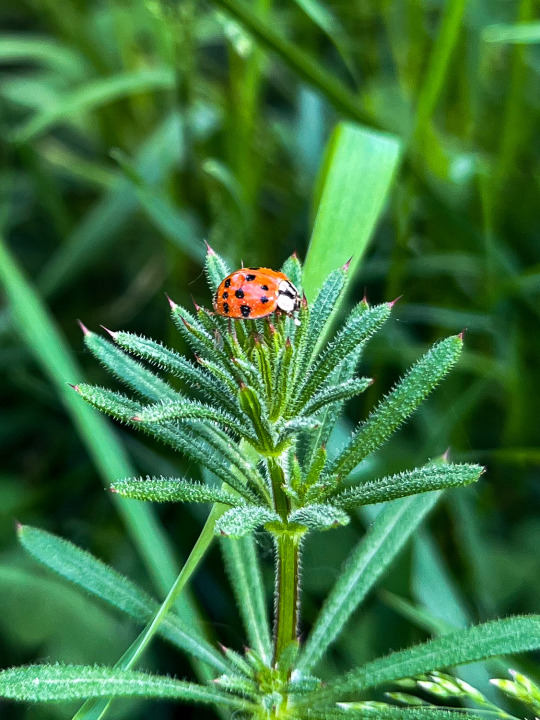
The ladybird beetle (Coccinella septempunctata)
#Coccinella septempunctata#seven-spot ladybird#ladybird#lady bird#bug#beetle#ladybug#ladybug beetle#insect photography#insect#wild animals#polish animal#animal#animal lover#animal photography#animal photoshoot#wildlife#wildlife photography#wildlife pictures#beautiful#beautiful photos#my photo#photography#photooftheday#naturecore#photoart#forest#woods#forest view
5 notes
·
View notes
Text
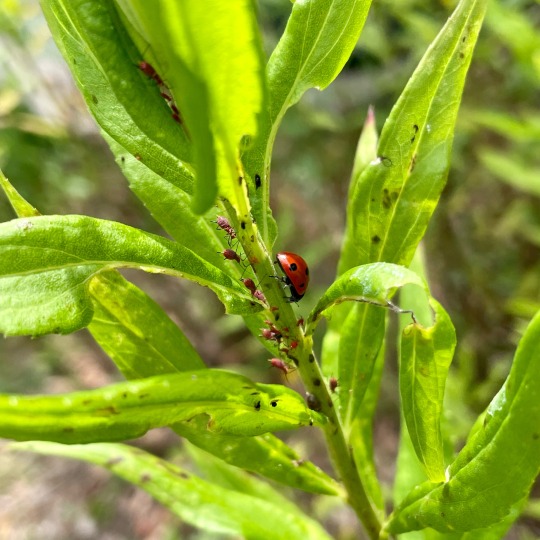


seven spotted
#seven spotted ladybug#ladybug#beetle#macro photography#my photos#bugblr#aphid#nature#nature photography
18 notes
·
View notes
Text
Saw a very small ladybug in the wildflower garden today. Cycloneda polita. Here he is next to a seven spotted ladybug for comparison:

#identifying bugs isnt quite as fun as birds so far because theres less like. fun facts.#all i know about this guy is he's tiny he's native to the western US and he eats aphids#like is he cool? what are his hobbies? tell me more about this guy#but apparently the seven spot ladybugs arent native to the US so im glad my stuff is providing food/habitat to the native guys
6 notes
·
View notes
Text
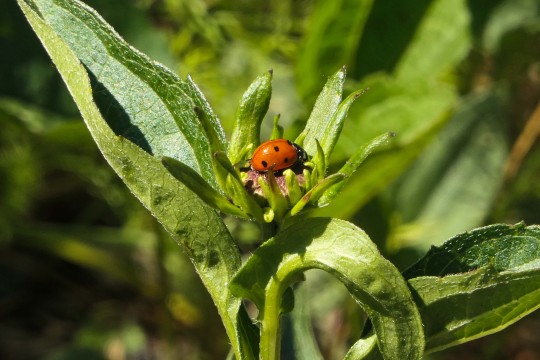
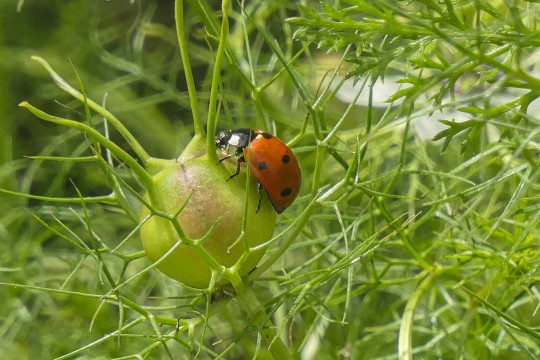
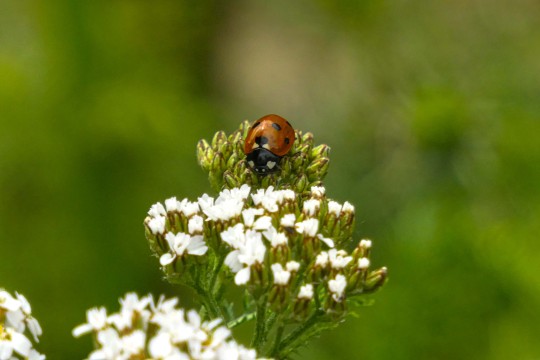
Coccinelle à sept points - Leur couleur rouge envoie un message aux prédateurs, leur indiquant qu'elle est toxique. Elle fait également le mort et peut libérer un liquide jaune dont l'odeur repousse les autres insectes.
Lieu : Chez moi (Hauts-de-France)
#jardin#garden#animaux#animals#animaux sauvages#wild animals#photo animalière#photo#animals photography#coccinelle#coccinelle à sept points#ladybug#bête à bon dieu#seven-spotted ladybug#insecte#bug#coléoptère
5 notes
·
View notes